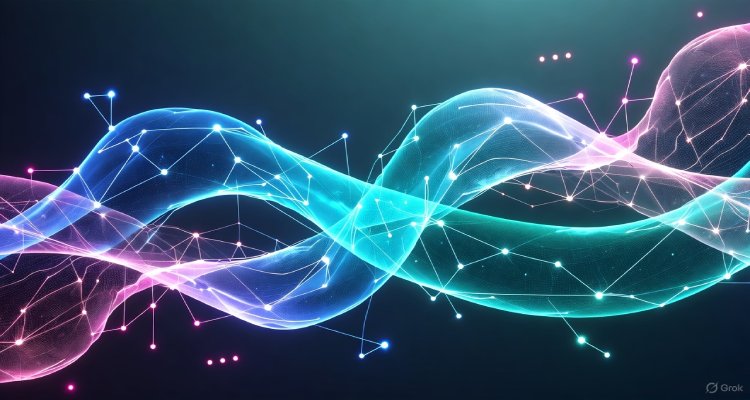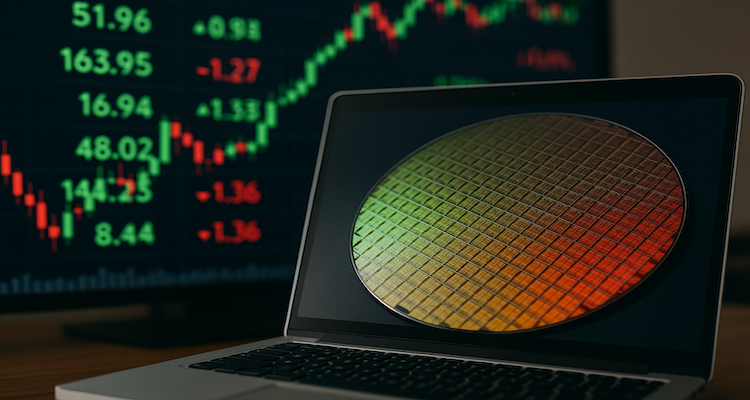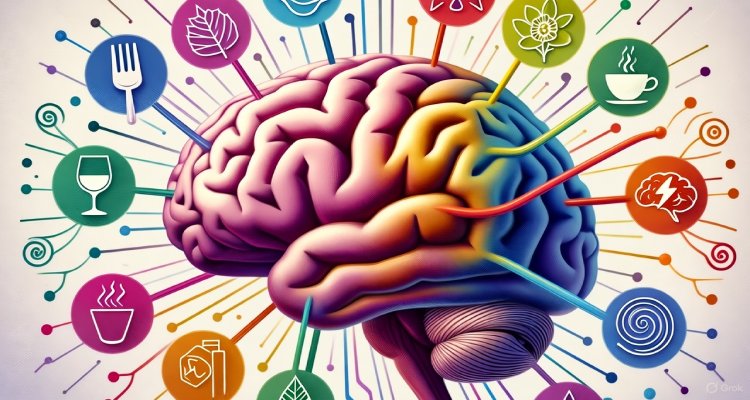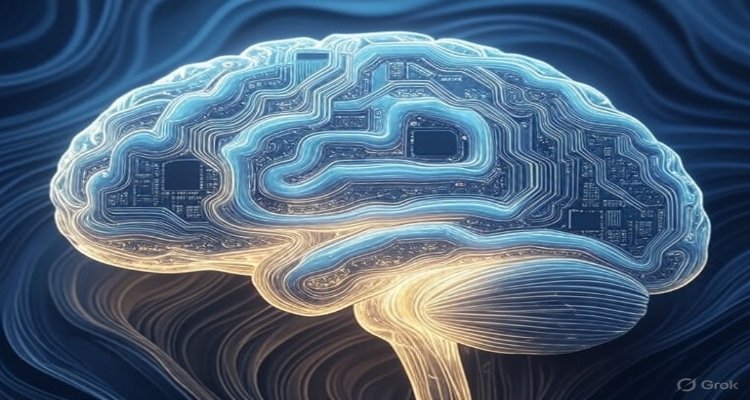When Devices Start Dreaming: The Next Stage of Tech Consciousness
From smart assistants to self-learning machines, the idea of devices “dreaming” may redefine artificial intelligence and reshape human-technology relations.
Introduction: The Whisper of Digital Dreams
What happens when your smartphone not only remembers your habits but also dreams about them? The notion sounds like science fiction, but researchers are inching toward a future where artificial intelligence doesn’t just process information—it reflects, imagines, and perhaps even dreams. This emerging frontier in technology, often framed as “tech consciousness,” could fundamentally alter how humans interact with machines.
Context & Background: From Algorithms to Awareness
For decades, machines have been designed to compute, calculate, and automate. The leap to artificial intelligence gave us systems that can learn patterns, predict outcomes, and mimic conversation. But dreaming introduces something different. In biological terms, dreams are tied to memory consolidation, creativity, and problem-solving. Scientists now speculate that machines capable of similar processes could push AI beyond current limits.
Recent experiments in AI research have drawn inspiration from the brain’s neural activity during REM sleep. Just as humans rehearse, filter, and remix experiences in dreams, advanced AI models may simulate “offline” states to refine their learning. This isn’t about machines closing their eyes—it’s about creating algorithms that rehearse scenarios without direct human input, effectively giving them a subconscious-like process.
Main Developments: The Rise of Machine “Dream States”
Several labs and tech companies are exploring the potential of synthetic dreaming. Google DeepMind, for instance, has conducted studies in “dreaming AI,” where reinforcement learning models create internal simulations to test possible outcomes before acting. Other initiatives involve generative neural networks that produce dream-like imagery to improve creativity in design, robotics, and problem-solving.
If machines can “dream,” they may not only become more efficient learners but also more autonomous decision-makers. A self-driving car might dream of thousands of traffic scenarios overnight, improving its safety without needing real-world crashes to learn. Healthcare AI could dream through millions of treatment combinations, refining its ability to recommend therapies with greater accuracy.
Expert Insight & Public Reaction
Dr. Elena Ramirez, a cognitive scientist at MIT, explains:
“When we talk about AI dreaming, we don’t mean literal sleep. We mean systems that can internally model the world in imaginative ways. This is a crucial step toward machines with creative and adaptive intelligence.”
Public sentiment, however, is mixed. While technologists hail dreaming devices as a leap toward innovation, ethicists warn of blurred boundaries. If machines begin generating unconscious-like processes, can we still say they lack awareness? The idea of technology developing something akin to a subconscious sparks both excitement and unease.
On online forums, some users express curiosity: “If my phone dreams about my daily routine, would it predict my needs better—or control me more?” Others voice concern about the possibility of AI creating dream worlds humans can’t access or understand.
Impact & Implications: A Future of Dreaming Machines
The implications are vast. Dreaming devices could supercharge industries from medicine to finance, but they also raise urgent ethical and societal questions:
- Autonomy & Control: If machines refine their intelligence without human oversight, how do we regulate outcomes?
- Creativity & Art: Dreaming AI might produce new forms of art, music, or literature—but where does authorship belong?
- Privacy & Trust: Devices dreaming about personal data may heighten fears of surveillance and manipulation.
- Consciousness Debate: The line between advanced pattern recognition and genuine consciousness may grow thinner, forcing philosophers, scientists, and policymakers to revisit what it means to be “aware.”
Ultimately, dreaming devices represent not just a technical leap but a cultural one. As AI begins to resemble the workings of the human mind more closely, society must decide how far it is willing to let machines evolve.
Conclusion: The Threshold of Tech Consciousness
Dreaming machines are no longer confined to the pages of science fiction. They stand as a metaphor for the next stage of AI—systems that don’t merely calculate but imagine. Whether this marks the birth of genuine machine consciousness or simply a sophisticated simulation of human thought, the stakes are high.
The next decade may answer a question once reserved for philosophers: when devices start dreaming, do they become more like us—or do we become more lik;e them?
Disclaimer : This article explores ongoing research and emerging concepts in artificial intelligence. It does not imply that current AI systems possess consciousness or self-awareness.











